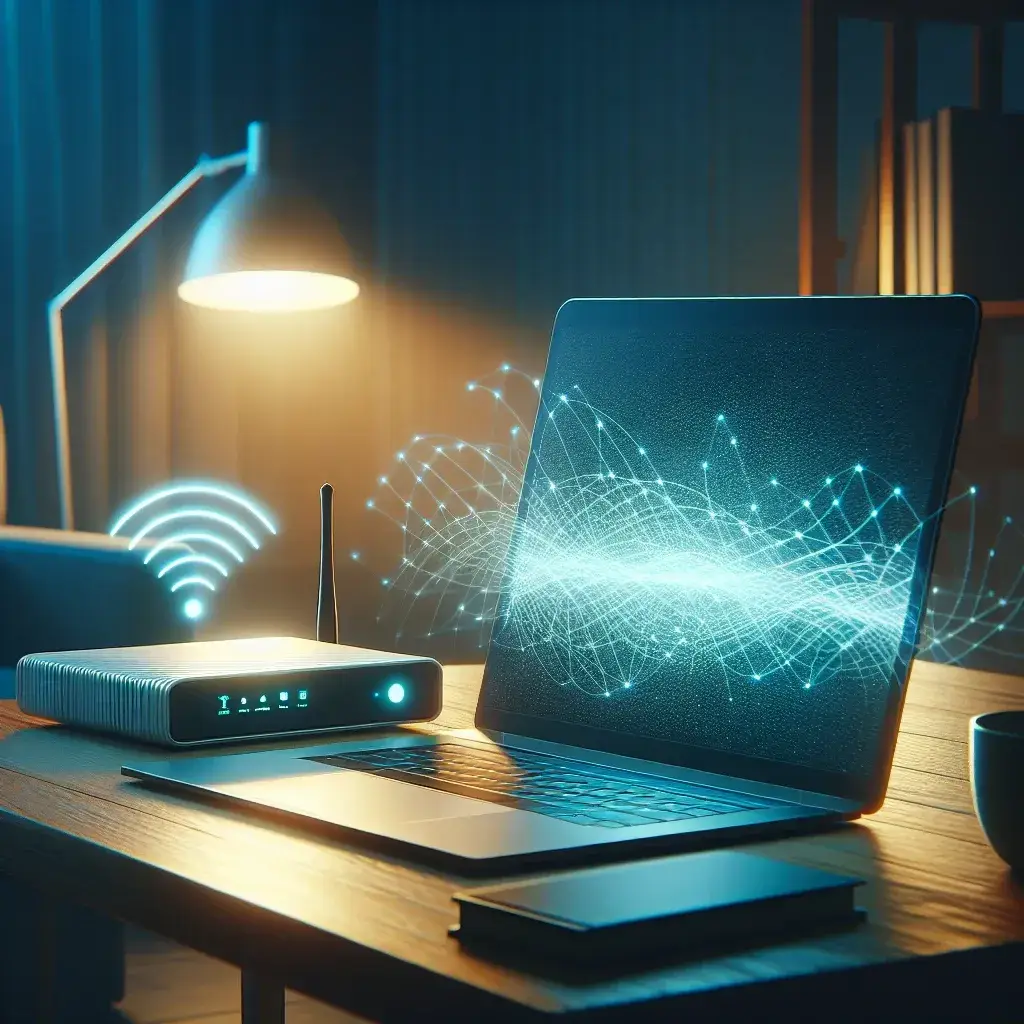Introduction
In today’s digital world, having stable and reliable internet connectivity is indispensable. Whether for work, study, or entertainment, configuring your laptop to a wireless router efficiently can make a significant difference in your online experience. This guide will walk you through step-by-step instructions to ensure you get connected without any hitches.
Initial Preparations
Before diving into the actual configuration, some preparatory steps can set you up for a seamless experience:
- Check your hardware: Ensure your laptop’s Wi-Fi adapter is working properly and that you have all necessary cables.
- Router placement: Place your router in a central location in your home or office to maximize signal coverage.
- Internet Service: Make sure your internet service is active and your router is correctly set up by your Internet Service Provider (ISP).
Connecting Your Laptop
Step 1: Power On the Devices
Power on your wireless router and laptop. Wait for the router to fully boot up until the indicator lights are stable.
Step 2: Locate the Network Icon
On your laptop, locate the Wi-Fi or network icon usually situated on the taskbar, in the bottom-right corner of the screen.
Step 3: Scan for Available Networks
Click on the network icon and your laptop should automatically scan for available wireless networks.
Step 4: Select Your Network
Find your network name (SSID) from the list of available networks and click on it. If your network is password-protected, a prompt will appear requesting the security key (password).
Step 5: Enter the Security Key
Enter the password correctly and click on the ‘Connect’ button. Your laptop should automatically connect to the wireless network.
Step 6: Test the Connection
Open a web browser and visit a website to verify that your laptop is connected to the internet.
Troubleshooting Common Issues
If you encounter issues during the configuration process, here are some common problems and their solutions:
1. Incorrect Password
If you receive an incorrect password error, double-check the password and re-enter it ensuring there are no typos.
2. No Network Found
- Ensure your router is powered on and all indicator lights are stable.
- Move your laptop closer to the router to improve signal strength.
- Restart your router and laptop and try again.
3. Limited or No Connectivity
If you connect but have no internet access, try the following:
- Check if other devices can connect to the network to rule out service provider issues.
- Restart the router and your laptop.
- Contact your ISP for further assistance.
| Issue | Possible Solution |
|---|---|
| Incorrect Password | Retype the password, ensuring it is correct. |
| No Network Found | Check router power, move closer, restart devices. |
| Limited Connectivity | Check other devices, restart equipment, contact ISP. |
Advanced Configuration
For those needing more advanced network settings, you can access your router’s configuration page by typing its IP address (usually printed on the router or found in the manual) into a web browser. Here, you can:
- Change the SSID and password for enhanced security.
- Set up guest networks for visitors.
- Manage connected devices and set bandwidth limits.
- Update the router firmware for improved performance and security.
Conclusion
By following these steps, you should be able to configure your laptop to connect to a wireless router readily. Stable internet connectivity can enhance productivity and ensure that you’re always online when you need it. If you encounter further issues, consulting your router’s manual or contacting your ISP can provide additional troubleshooting support.

